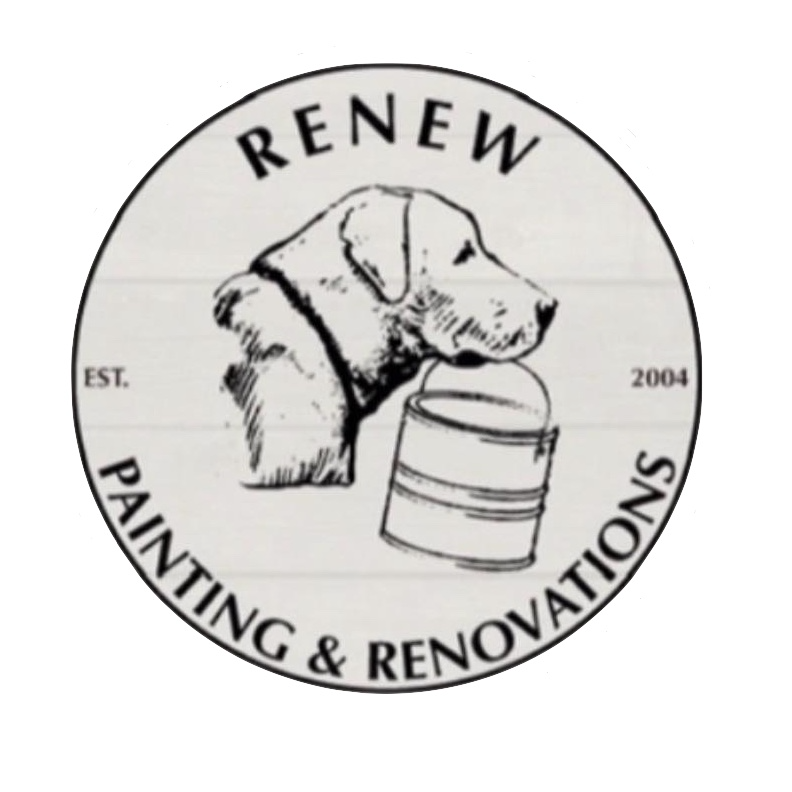
 |

DESCRIPTIONFailure of dried paint to obscure or hide (e.g. ability to fully conceal painted surface) the underlying color or surface to which it is applied. POSSIBLE CAUSESApplying too thin of a paint film. SOLUTIONSFollow label and data page directions for the appropriate film build (e.g. thickness of each coating layer). Prime the surface with the appropriate Sherwin-Williams Color Prime® system of gray-shaded primers for the color of the topcoat. Determine the correct roller cover type or nap based on the coating being applied and the surface to be coated. On smooth surfaces, a mohair, 1/4″, or 3/8″ roller nap is usually sufficient. On textured surfaces, a 3/4″ nap or greater is needed. Prime porous surfaces before topcoating. Allow proper drying time before recoating. See Brush or Roller Marks. |
